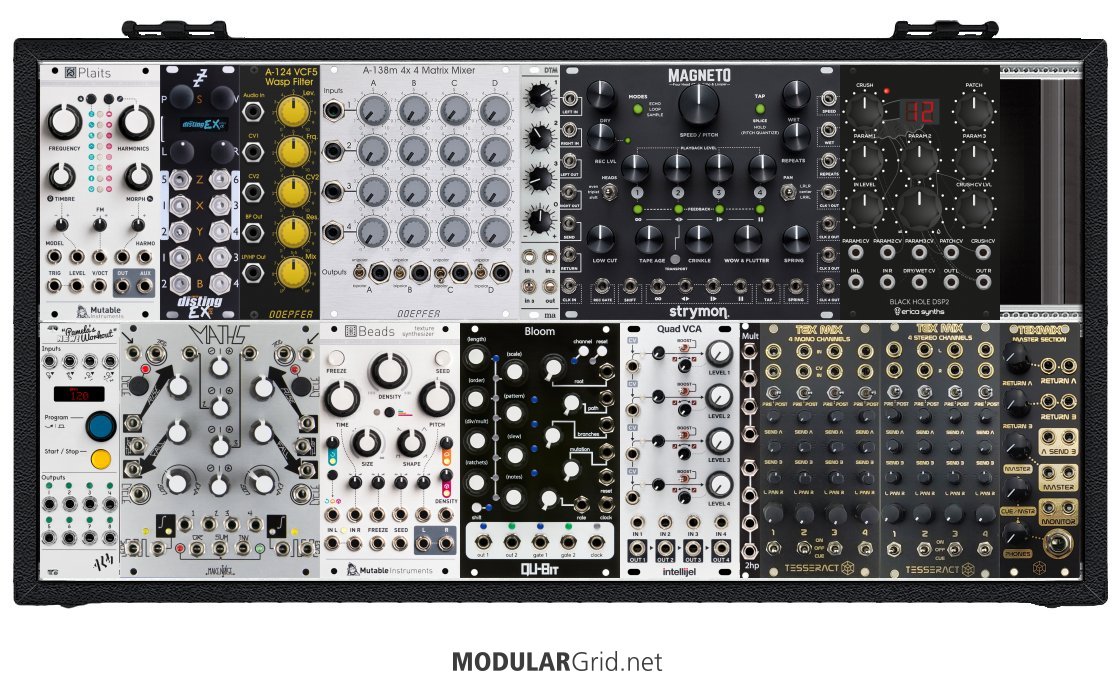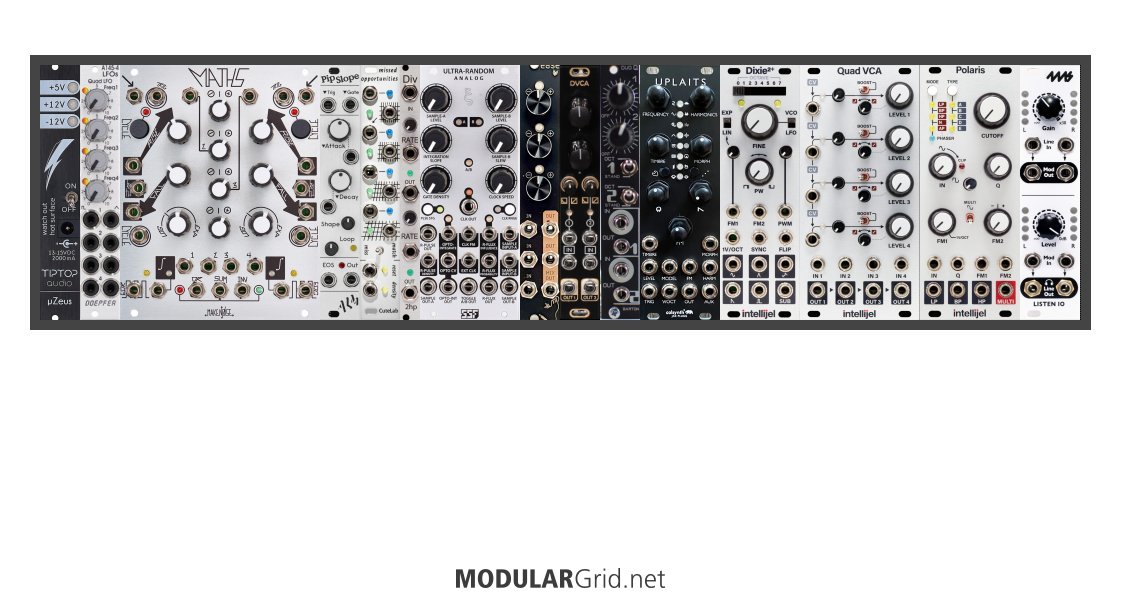Mmmm...I don't know about that. There was a lot of buzz around the Ochd when it came out and for several months after, but I never bought into that because, when you examine it, it's just a single LFO with octave stepped frequency multipliers.
Now, if you want an LFO that has multiple outs AND which can be a real treat, look into quadrature LFOs and such. In those, you have a single frequency control just like the Ochd, but what you have for outputs are offset by specific phase angles.
Let's say you want a modulation signal that falls at the exact same rate as another one that rises. Doing this with most any other LFO will be a real PITA...but with something that has a quadrature output, you just take the "fall" from your 0-degree out, and the "rise" from the 180-degree one. And of course, these have other phase angle outputs; usually the simplest quadrature devices output 0-degree and 90-degree phase angles, but you can easily wrangle the 180 and 270-degree outs via a couple of CV inverters. That Batumi, for instance, can have all four LFOs in a quadrature configuration. Doepfer also has a very useful quadrature LFO, their A-143-9, which outputs all of the right-angle signals simultaneously.



